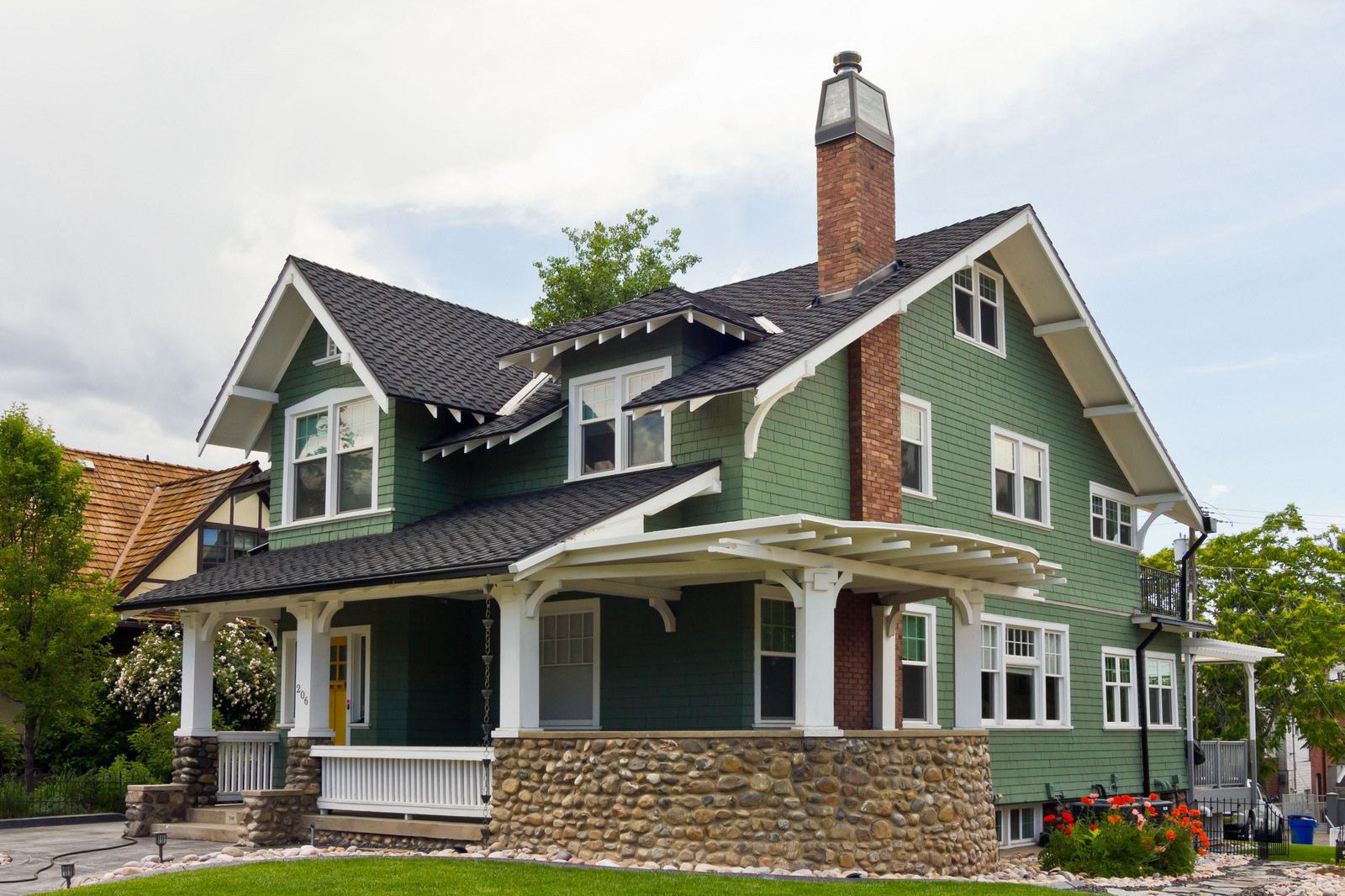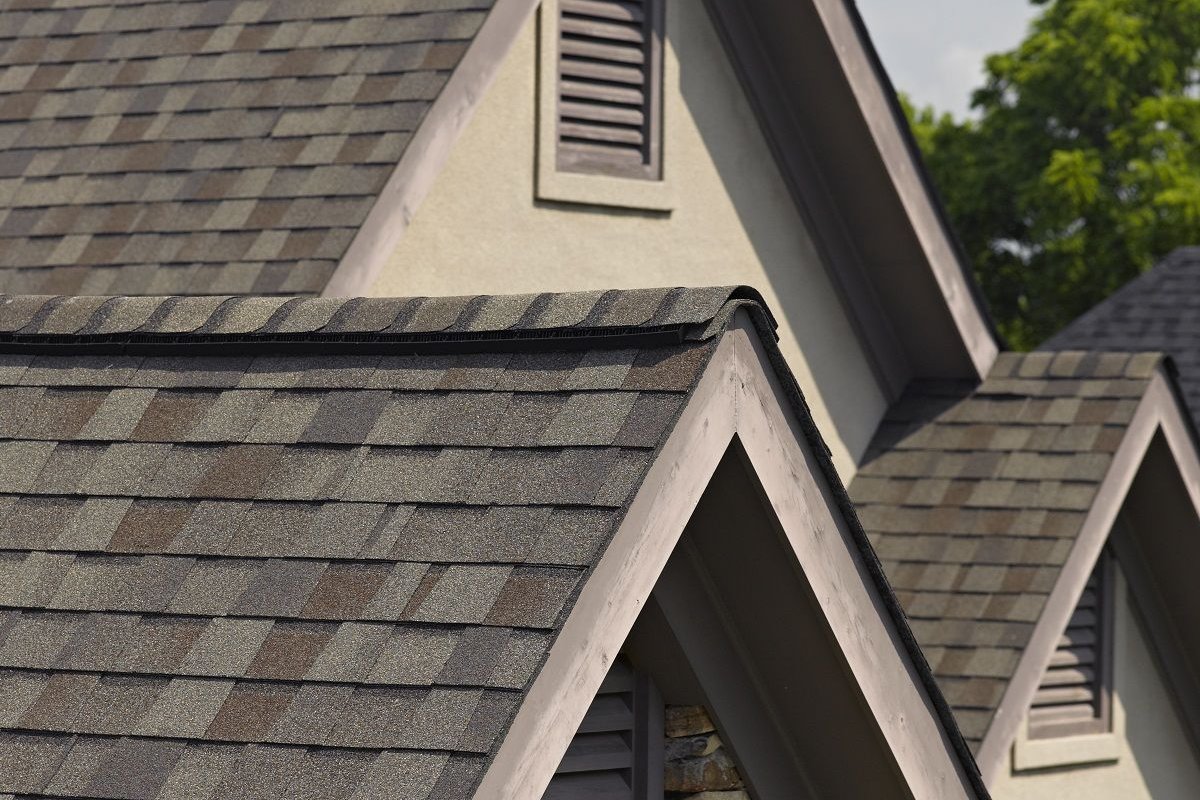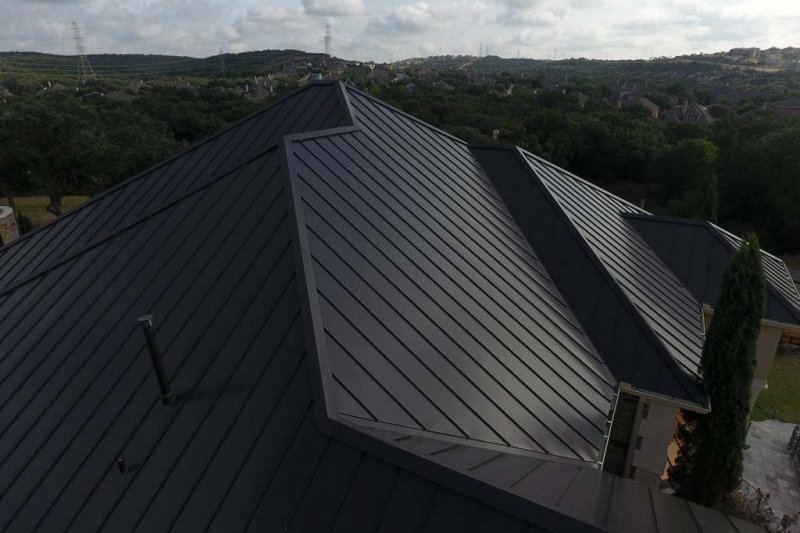Comprehensive Roofing Guide for Scappoose, Oregon Homeowners
Your home's roof is its primary shield against the elements, playing a critical role in protecting your property and ensuring the comfort and safety of your family. For homeowners in Scappoose, Oregon, where the climate presents unique challenges like persistent rain, moss growth, and seasonal storms, understanding the condition of your roof and knowing when to address potential issues is paramount. This guide provides a detailed look at various aspects of residential roofing, from identifying common problems to navigating the process of repair or replacement, tailored specifically for the needs of properties in the Pacific Northwest.
The Importance of Your Roof's Health
A well-maintained roof does more than just keep the rain out; it contributes significantly to your home's overall structural integrity, energy efficiency, and aesthetic appeal. Neglecting your roof can lead to a cascade of problems, including water damage to the interior structure, mold and mildew growth, compromised insulation, and even foundation issues over time. Proactive maintenance and timely repairs are investments that protect your home's value and prevent costly damage down the line.
Understanding the typical lifespan of your roofing material and being vigilant for early signs of wear can save you considerable expense and stress. Don't wait until you see a leak inside your home to think about your roof; many problems start subtly on the exterior where they can be addressed more easily and affordably.
Common Roofing Materials for the Region
Choosing the right roofing material is essential, particularly in a climate like Scappoose. Different materials offer varying levels of durability, resistance to moisture and organic growth, lifespan, and cost. Here are some common options suitable for residential properties in Oregon:
Asphalt Shingles
Asphalt shingles are the most popular roofing material in North America, largely due to their affordability, ease of installation, and wide variety of styles and colors. There are two main types:
- 3-Tab Shingles: These are the most basic and economical option, characterized by their flat, uniform appearance with three tabs per shingle strip. They typically have a lifespan of 15-20 years.
- Architectural (Laminate) Shingles: These are thicker, more durable, and offer a more dimensional look, often mimicking the appearance of wood shakes or natural slate. They are constructed with multiple layers of material, providing greater resistance to wind and weather. Architectural shingles usually last 20-30 years, sometimes longer for premium lines.
Asphalt shingles are susceptible to moss and algae growth in damp climates. Regular cleaning and maintenance are crucial to prolong their lifespan in areas like Scappoose.
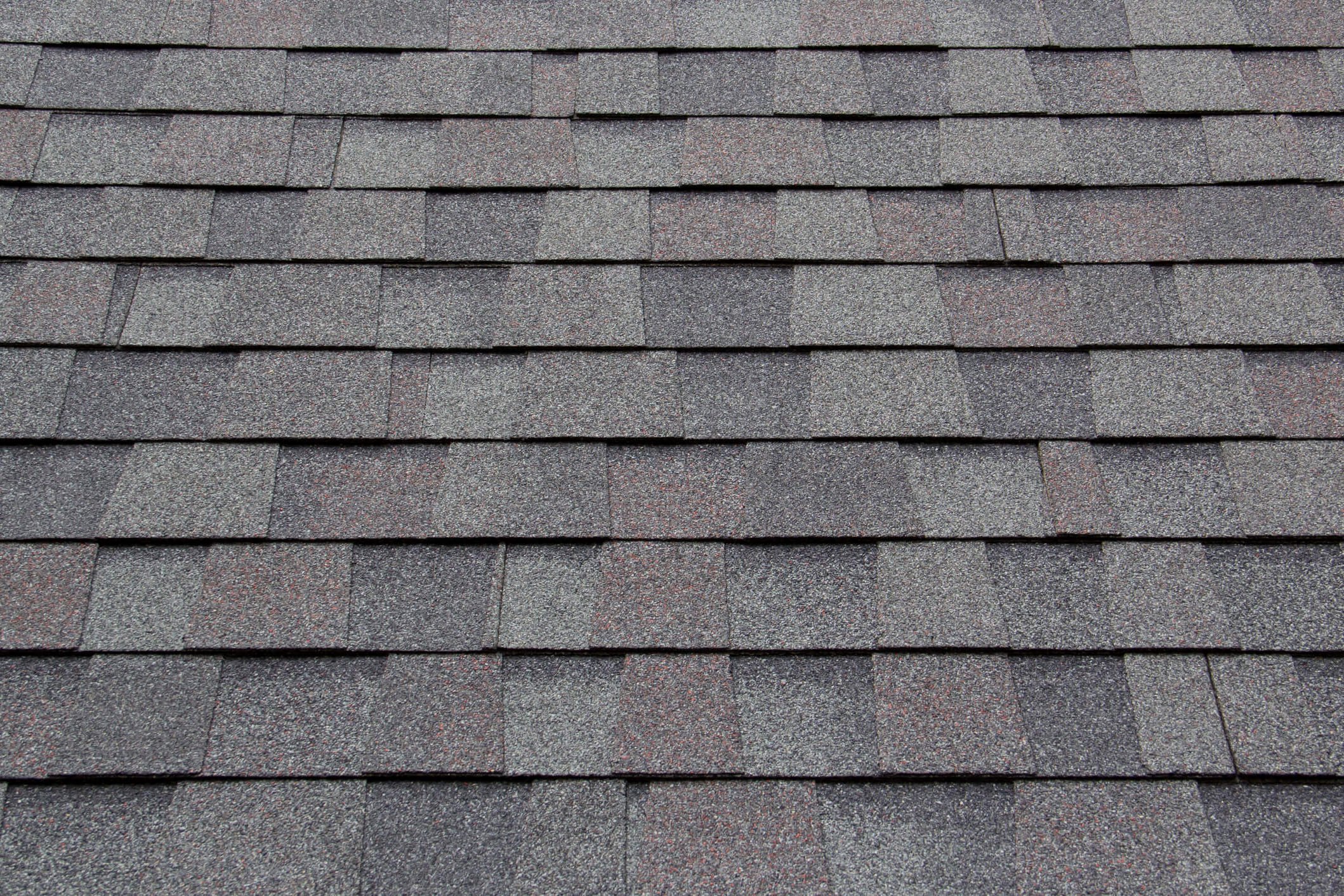
Metal Roofing
Metal roofing has gained significant popularity due to its exceptional durability, longevity, and resistance to fire and pests. It's an excellent choice for wet climates as it sheds water efficiently and is naturally resistant to moss and algae growth. Metal roofs come in various forms, including standing seam panels, metal shingles, and corrugated panels, and are available in numerous colors and finishes.
While the initial cost of a metal roof is typically higher than asphalt shingles, its lifespan can be 40-70 years or even longer with proper maintenance, offering a strong long-term value proposition. Metal roofs are also often made from recycled materials and are fully recyclable at the end of their life.
Cedar Shake and Wood Shingle Roofing
Wood roofing, primarily cedar shakes or shingles, offers a beautiful, natural aesthetic that complements many architectural styles. Cedar is naturally resistant to decay and insects, but in a damp climate like Scappoose, it requires significant maintenance, including regular cleaning, treatment, and inspections, to prevent moss growth and premature deterioration.
Wood roofs have a shorter lifespan compared to metal, typically 20-40 years depending on maintenance and installation quality. While visually appealing, the maintenance demands and fire resistance concerns (though treatments are available) make them a less common choice for new installations compared to asphalt or metal in many areas.
Choosing the right material involves balancing initial cost, lifespan, maintenance requirements, aesthetic preferences, and the specific climate challenges of your location. Consulting with a local roofing professional can provide valuable insights tailored to your home and needs.
Signs Your Roof Needs Attention
Being able to identify the early signs of roof damage is crucial for preventing minor issues from escalating into major, costly problems. Regular visual inspections from the ground can help you spot problems before they cause leaks or structural damage.
Damaged or Missing Shingles
Look for shingles that are curled, cracked, buckling, or missing entirely. These are clear indicators that your roof is losing its protective barrier. Curling shingles can be a sign of aging or improper installation, while cracked shingles are often caused by weathering and age. Missing shingles leave the underlayment exposed, making your roof vulnerable to water penetration.
Granule Loss
Asphalt shingles are coated with granules that protect the asphalt from UV rays and add color. If you notice excessive amounts of granules accumulating in your gutters or at the bottom of your downspouts, it's a sign that your shingles are nearing the end of their life. Significant granule loss reduces the shingle's effectiveness and accelerates its deterioration.
Leaks or Water Stains Inside
Water stains on ceilings or walls, especially on the top floor, are undeniable signs of a roof leak. Leaks can originate from various points on the roof, including around chimneys, skylights, vents, or in valleys where roof sections meet. Even small stains can indicate a larger problem that needs immediate attention.
If you've discovered a leak or notice water damage inside your home, it's an urgent situation requiring a professional assessment. Don't delay in getting a qualified roofer to inspect and repair the source of the leak.
Book an urgent roofing appointment
Moss and Algae Growth
Moss and algae thrive in damp, shaded environments, making them common issues in the Pacific Northwest. While algae (often appearing as black streaks) is primarily an aesthetic issue, thick moss growth can be destructive. Moss holds moisture against the roof surface, which can rot wood decking and cause shingles to lift, curl, and deteriorate prematurely. It can also freeze and thaw, causing damage.
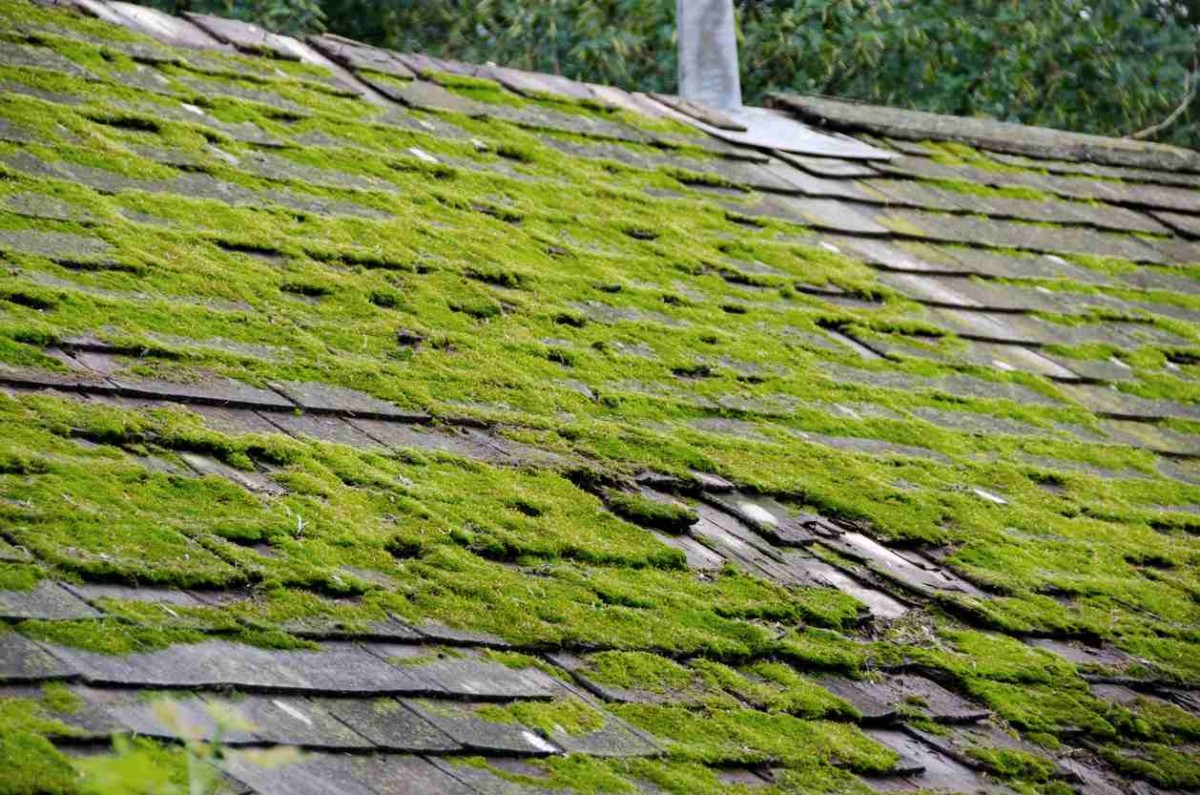
Regular cleaning and treatment are necessary to manage moss in areas like Scappoose. However, aggressive cleaning methods can damage shingles. Professional moss removal is often the safest approach.
Damaged or Deteriorating Flashing
Flashing is the material (usually metal) installed around roof penetrations like chimneys, vents, skylights, and in valleys. It's designed to create a watertight seal. If flashing is cracked, rusted, bent, or improperly installed, it's a very common source of leaks. Inspect these critical areas carefully.
Sagging Roof Deck
A visible sag or dip in your roofline is a serious issue. It can indicate weakened roof decking, damaged rafters, or structural problems that require immediate evaluation by a professional structural engineer or experienced roofing contractor.
Age of the Roof
Knowing the age of your roof is a key factor in assessing its condition. If your asphalt shingle roof is approaching or has exceeded its typical lifespan (15-30 years depending on type), even without obvious signs of damage, it's wise to have it inspected. An older roof is inherently more vulnerable to weather damage.
Repair vs. Replacement: Making the Right Decision
Once potential problems are identified, the next step is deciding whether a repair is sufficient or if a full roof replacement is necessary. This decision depends on several factors:
The Extent of the Damage
- Minor Damage: If the damage is limited to a small area – a few missing shingles from a wind storm, a localized leak around a vent, or minor flashing repair – a targeted repair is often the most cost-effective solution.
- Widespread Damage: If shingles are deteriorating across large sections of the roof, there is significant granule loss everywhere, or you have multiple leaks in different areas, these are strong indicators that the roof's overall integrity is compromised and replacement is likely necessary.
- Structural Issues: Any damage to the underlying roof deck or structure typically necessitates replacement, as the foundation for the new roofing material must be sound.
The Age of the Roof
An older roof with even minor damage might be a candidate for replacement. Repairing one section of an old roof may not prevent new problems from appearing elsewhere soon after. If your roof is nearing the end of its expected lifespan, replacement offers a fresh start and long-term peace of mind. A newer roof with localized damage is a better candidate for repair.
Budget Considerations
While a full replacement is a significant investment, it can prevent ongoing repair costs and potential damage to the interior of your home. Sometimes, multiple small repairs on an aging roof can add up quickly, making replacement the more economical choice in the long run.
Planning a roof replacement or trying to understand potential costs for future budgeting? Get a quick, initial estimate without needing an in-person visit.
Get your free instant roof estimate
Future Plans for Your Home
If you plan to sell your home in the near future, a new roof can be a major selling point and increase your home's value. If you plan to stay in your home for many years, investing in a quality replacement provides long-term protection and avoids the hassle of dealing with an aging roof.
A professional roofing inspection is the best way to get an expert assessment of your roof's condition and receive recommendations tailored to your specific situation.
The Roofing Project Process
Whether you're facing a repair or a full replacement, understanding the typical steps involved can help you prepare and know what to expect.
1. Initial Assessment and Estimate
A roofing professional will inspect your roof to assess its condition, identify the source of any problems, and determine the scope of work needed. For replacements, they will measure your roof and discuss material options. Based on this assessment, they will provide a detailed estimate outlining the work to be done, materials, timeline, and cost.
For quick, initial cost estimates on potential roof replacement projects, you can use SkyQuote's instant estimate service based on satellite imagery. This can be a great starting point for budget planning.
See how much a new roof might cost
2. Choosing a Contractor
Selecting a qualified, reputable roofing contractor is paramount. Look for contractors who are licensed, bonded, and insured. Ask for references and check online reviews. Get multiple estimates and compare them carefully, ensuring they detail the same scope of work and materials. Don't choose solely on price; consider the contractor's experience, reputation, and warranty offerings.
SkyQuote helps connect homeowners with pre-vetted local roofing professionals. You can easily find available contractors and schedule appointments directly through the platform.
Find a trusted roofer near you
3. Scheduling and Preparation
Once you've chosen a contractor, the project will be scheduled. Your contractor should inform you of the expected start and completion dates. Before the work begins, you'll need to prepare your property. This usually involves clearing the area around the house, protecting plants and outdoor furniture, and ensuring access for the crew and material delivery. You may also need to remove items from walls inside the house that could be shaken loose by vibrations during the work.
4. Material Delivery
Roofing materials, such as shingles, underlayment, and other components, will be delivered to your property, often the day before or the morning the work begins.
5. Old Roof Removal (for Replacement)
For a full replacement, the existing roofing material will be stripped down to the roof deck. This is often the noisiest and messiest part of the process. The old material and debris will be removed from your property.
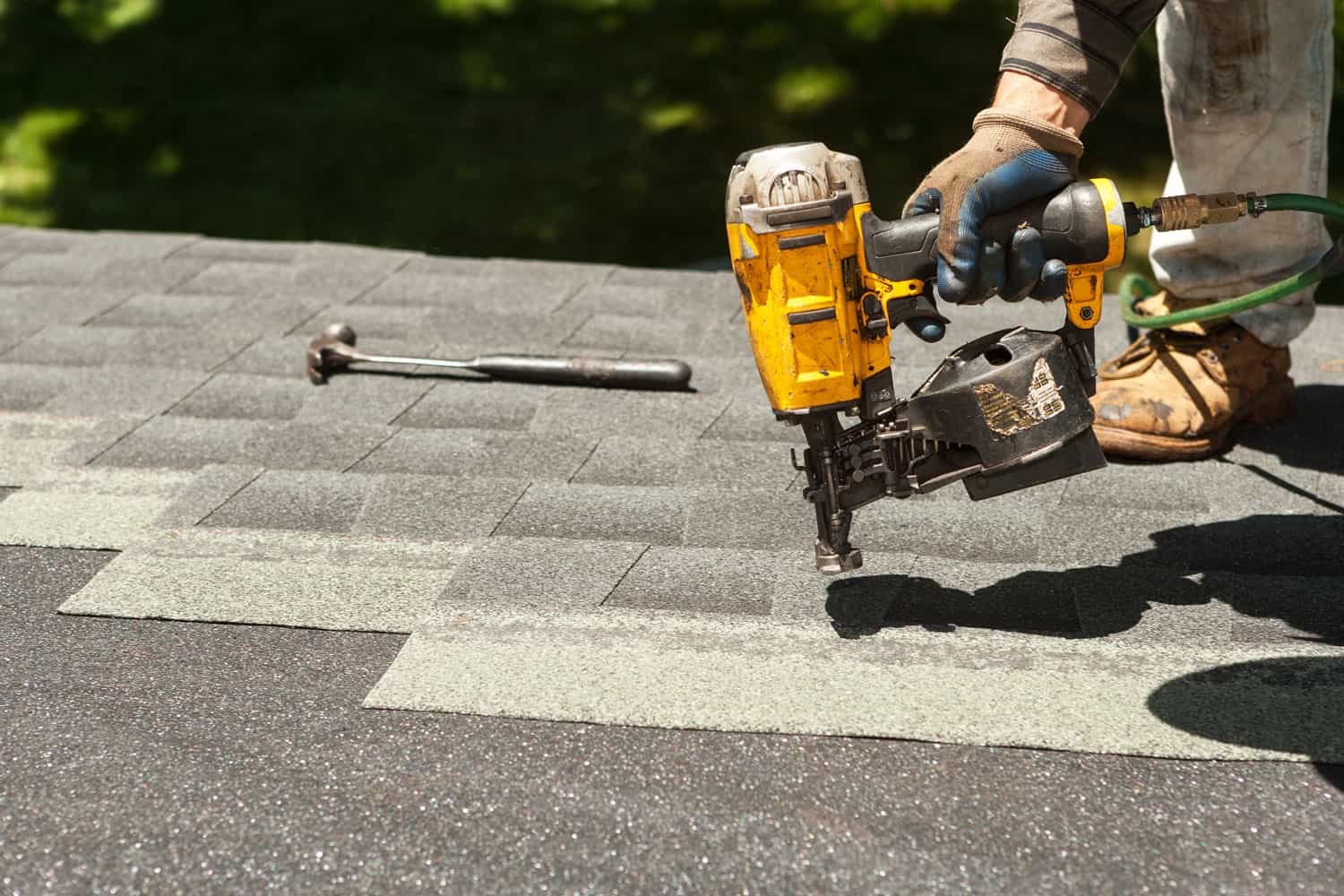
6. Deck Inspection and Repair
Once the old roofing is off, the contractor will inspect the roof deck (the plywood or OSB sheathing). Any damaged or rotten sections of the deck will be repaired or replaced to ensure a solid base for the new roof.
7. Installation of Underlayment and Components
New underlayment (often felt paper or synthetic material) is installed over the roof deck to provide an additional layer of protection against moisture. Ice and water shield may be installed in vulnerable areas like valleys or around penetrations, which is particularly important in climates subject to freezing temperatures or heavy rain, though less common for widespread ice dams in Scappoose compared to colder regions, it still adds crucial protection. New flashing is installed around chimneys, vents, and other penetrations. Drip edge is installed along the eaves and rake edges to direct water away from the fascia and into the gutters. Proper ventilation components (soffit vents, ridge vents, or other types) should also be ensured or installed during this phase.
8. Shingle or Material Installation
The new roofing material is installed according to the manufacturer's specifications and local building codes. This involves carefully layering shingles or panels, fastening them securely, and ensuring proper overlap and alignment.
9. Cleanup and Final Inspection
Once the roofing material is installed, the crew will clean up all debris, including old roofing materials, nails, and packaging. They will typically use magnetic sweeps to pick up nails from your yard and landscaping. A final inspection is conducted by the contractor to ensure the work meets quality standards. You should also do your own walk-around inspection.
10. Final Payment and Warranty
Upon satisfactory completion of the work, final payment is made. Your contractor should provide you with documentation, including proof of payment, lien waivers, and information about material and labor warranties. Understand what your warranties cover and for how long.
Maintaining Your Roof's Health
Once you have a healthy roof, whether it's newly installed or recently repaired, ongoing maintenance is key to maximizing its lifespan and preventing future problems.
Annual Inspections
Schedule a professional roof inspection at least once a year, ideally in the spring or fall. A professional can identify subtle issues you might miss, such as loose fasteners, damaged flashing, or the beginnings of moss growth, allowing for timely repairs.
Gutter Cleaning
Keeping your gutters clean is critical, especially in areas with trees like Scappoose. Clogged gutters prevent water from draining properly, causing it to back up onto the roof, fascia, and soffits, leading to water damage, rot, and ice dams in colder periods. Clean your gutters regularly, particularly after leaves fall.
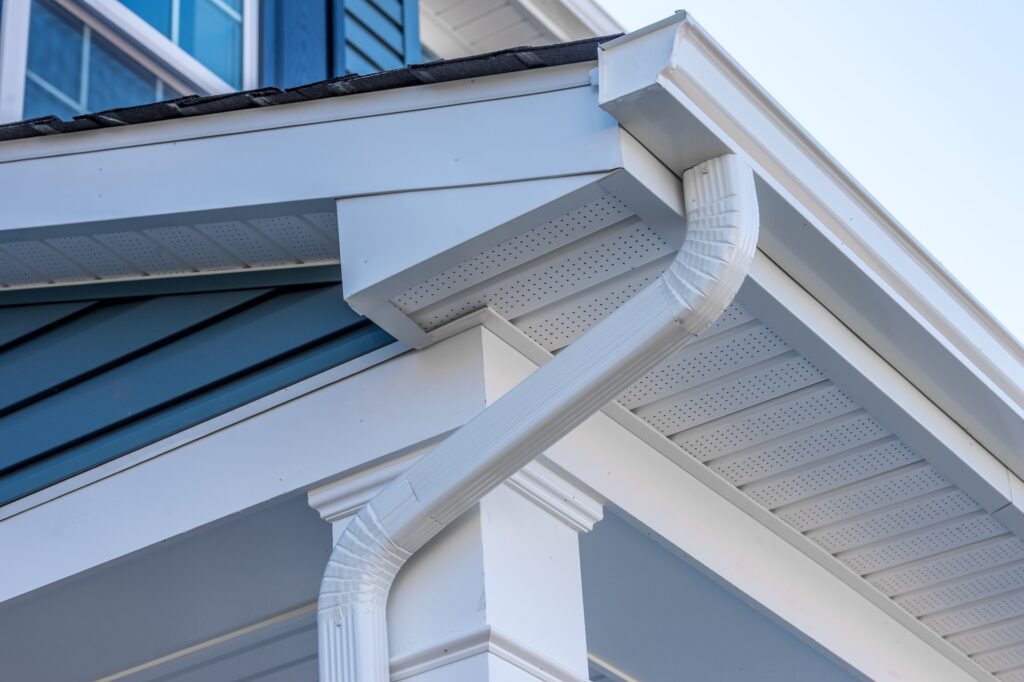
Moss and Algae Management
Given the climate, moss and algae management is a recurring task. Gentle cleaning methods and appropriate treatments are necessary. Consult with a professional roofing or moss removal service to ensure the work is done effectively without damaging your roofing material. Avoid using high-pressure washers, as they can strip granules from shingles and force water under the roofing material.
Trim Overhanging Branches
Tree branches overhanging your roof can cause several problems: they drop leaves and debris that clog gutters, they can scrape against the roof surface and damage shingles, and in strong winds or storms, they can break and fall onto the roof, causing significant damage. Trim branches back to protect your roof.
Check Attic Ventilation
Proper attic ventilation is crucial for regulating temperature and moisture. Poor ventilation can lead to heat buildup in the summer (increasing cooling costs) and moisture accumulation in the winter (leading to mold, mildew, and rot). Ensure soffit and ridge vents are clear and unobstructed. Adequate ventilation helps your roof materials last longer.
Protecting Your Home's Investment
Your roof is one of the most critical components of your home, providing essential protection against the unpredictable Pacific Northwest weather. By understanding the signs of wear and damage, making informed decisions about repairs or replacement, and committing to regular maintenance, you can ensure your roof remains in excellent condition for years to come. Proactive care not only extends the life of your roof but also protects the entire structure of your home and preserves its value. Don't wait for a small problem to become a major emergency. Stay informed, inspect regularly, and address issues promptly to keep your Scappoose home safe and sound under a reliable roof.
